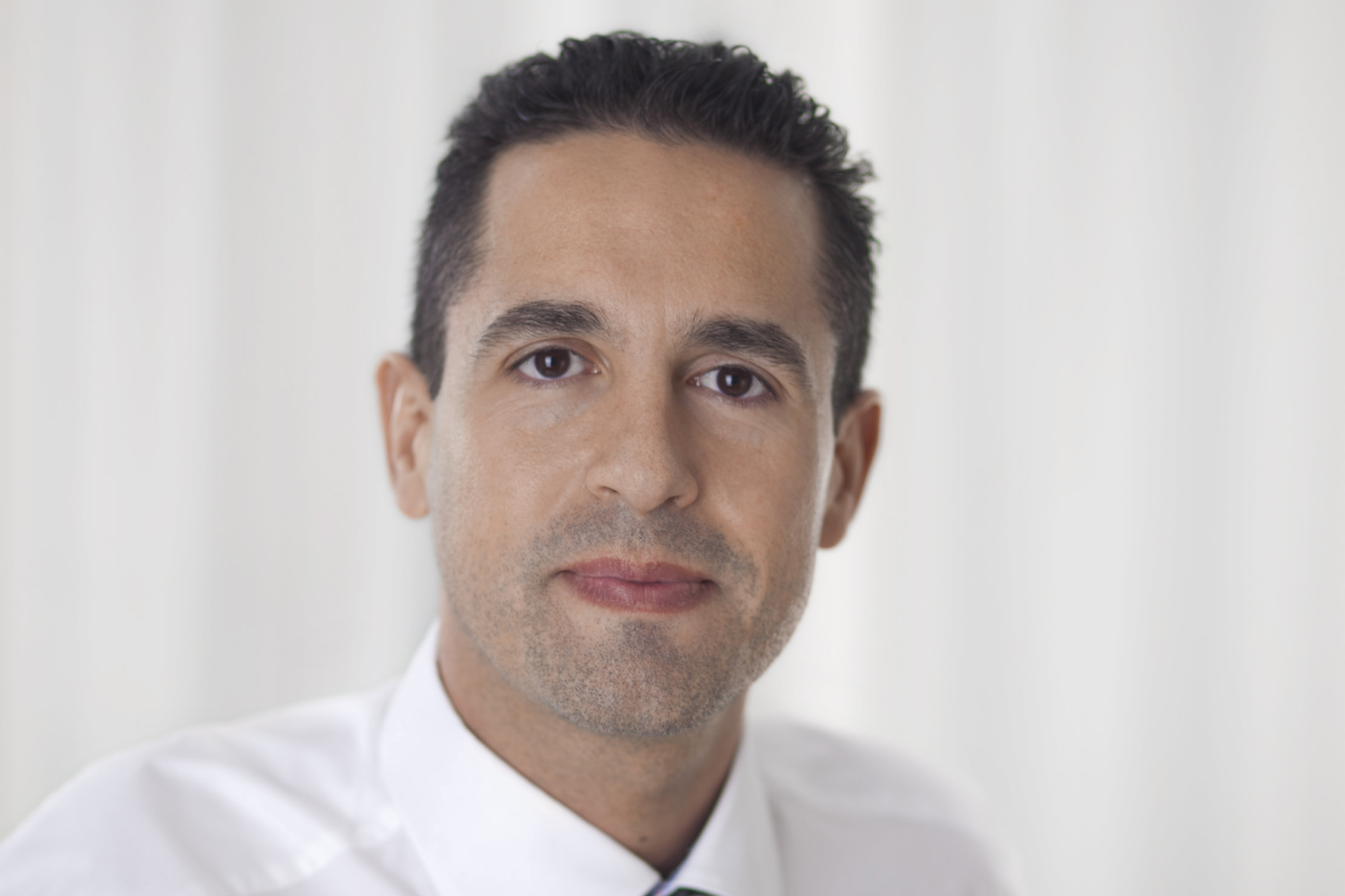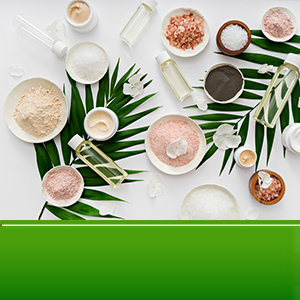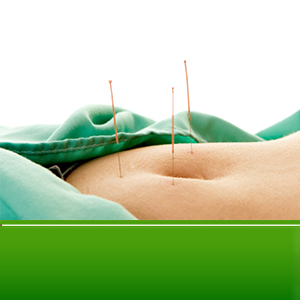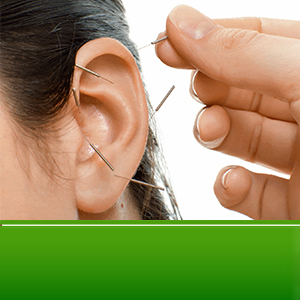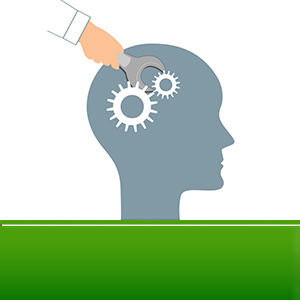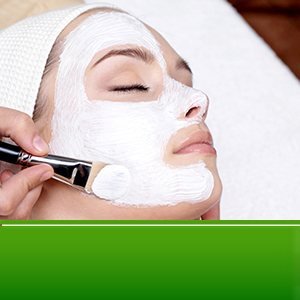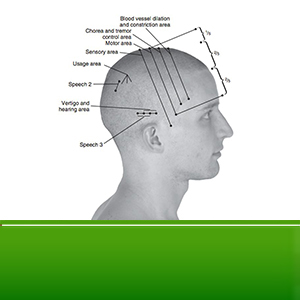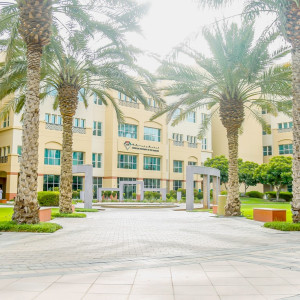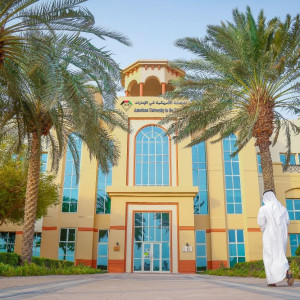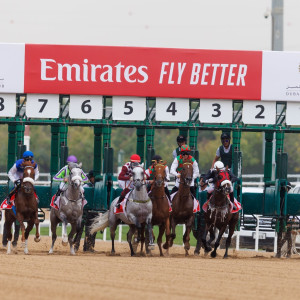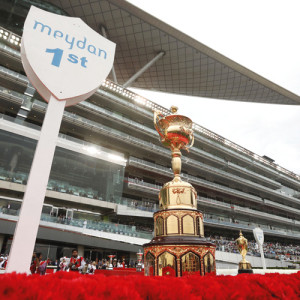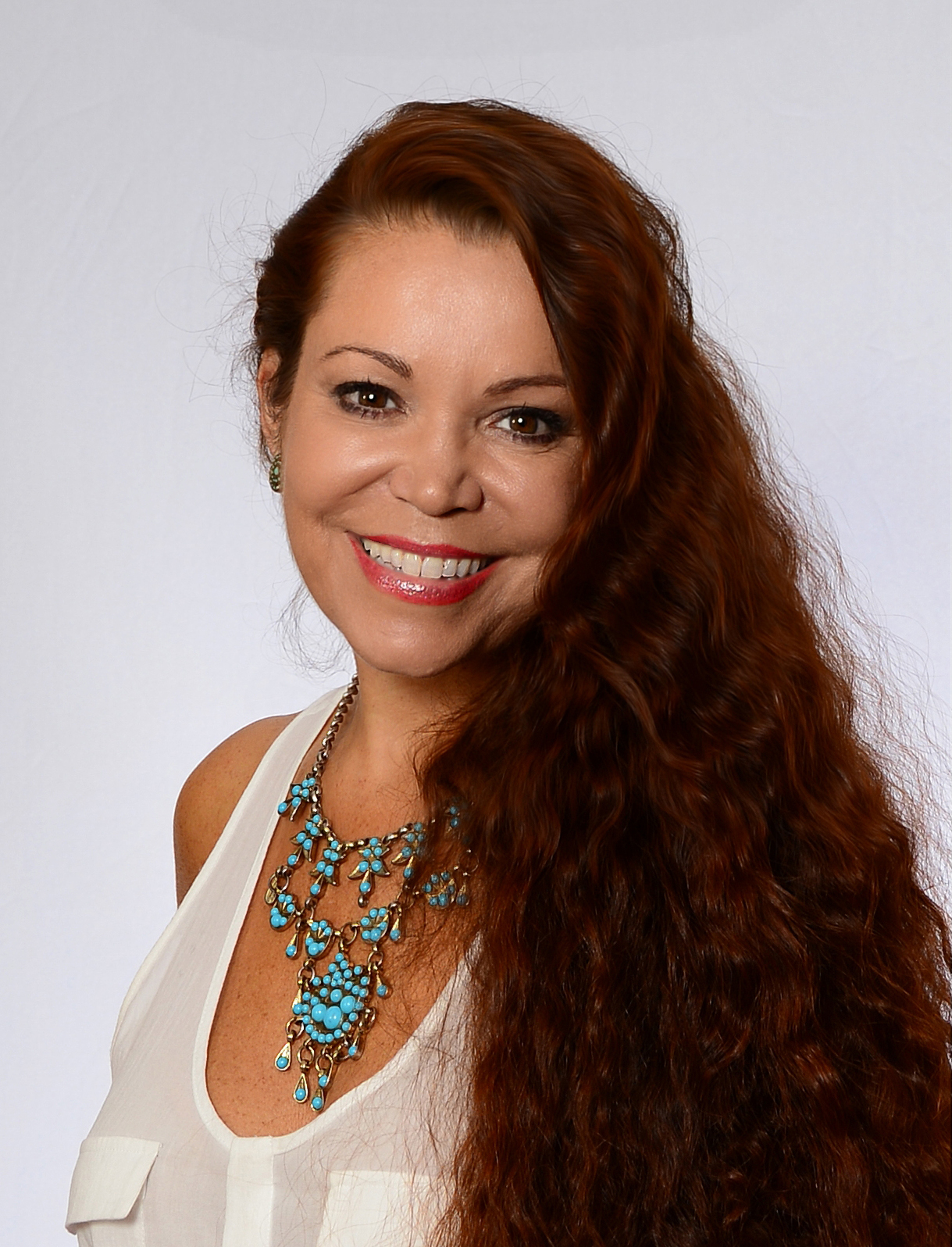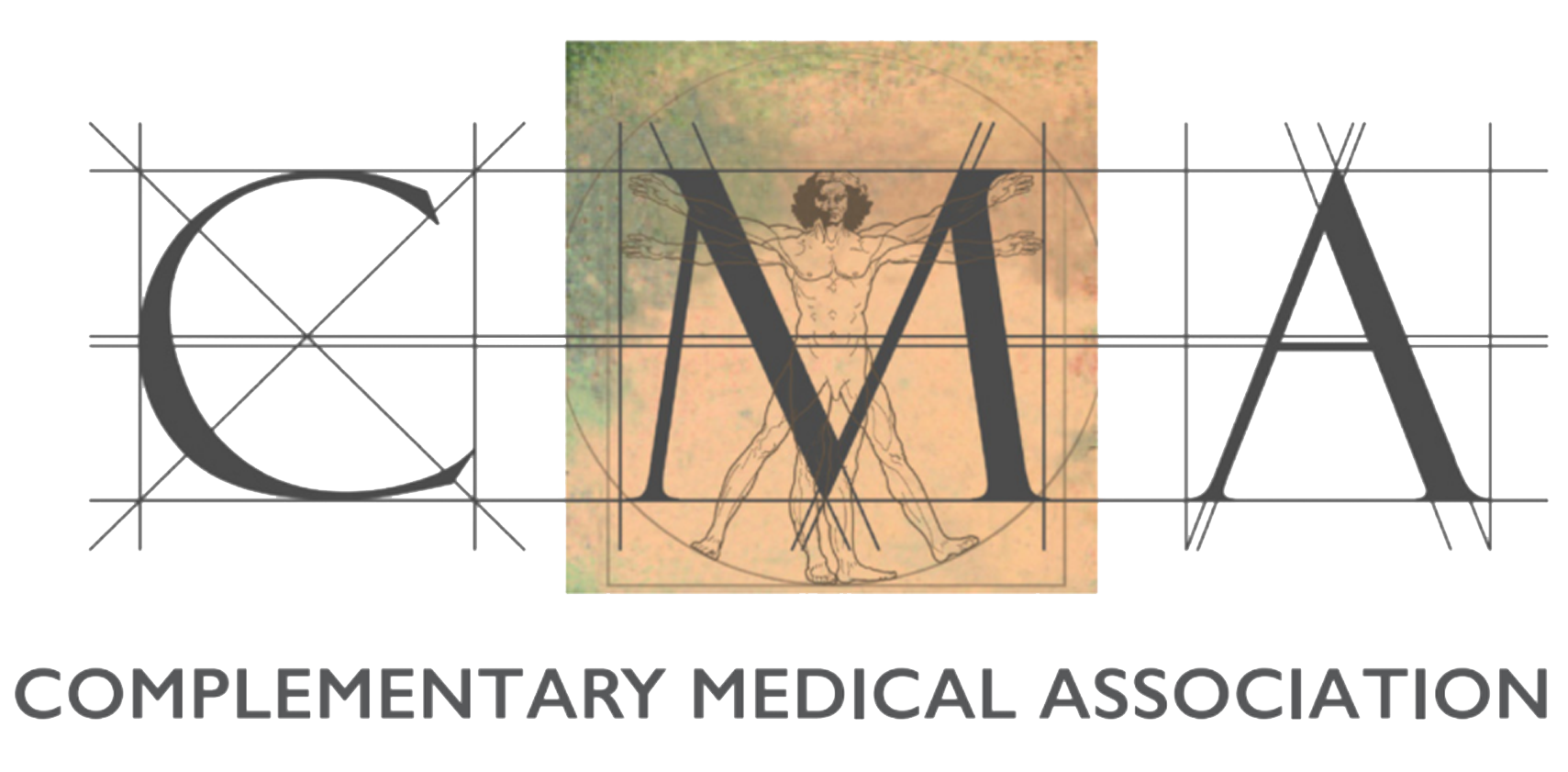
Register Now! Please, fill in your personal details and we will contact you shortly
Equine Chinese Medicine and Acupuncture

Audience
About the program
Traditional Chinese Medicine (TCM) is a vast and complex subject that can take many years of study to master. However, there are underlying principles that are relevant to all branches and practices of TCM, whether traditional herbalism, acupuncture, hands on therapies such as shiatsu, or traditional forms of exercise such as Tia Chi.
These fundamental principles include the concepts of Qi, Yin and Yang, The Five Elements, The Vital Substances, and causes and patterns of imbalance, disease and dysfunction. Understanding these principles can begin to unlock the world of TCM and enables the student to being to apply the philosophies and principles to their practice in a range of applications, for example, is acupressure or aromatherapy.
This programme will cover in detail the concepts of Qi and its importance in maintaining flow and health; Yin and Yang and the importance of maintaining balance.
The Five Elements: Fire, Water; Wood, Metal: Earth and their meaning within the realms of TCM; the organs and their functions within the TCM model, and the role they play and their interactions with the Five Elements; the Spirits: the Shen, the Hun, the Po, the Yi and the Zhi and the role they play and their interactions with the organs; The Vital Substances, and the role these play in the healthy functioning of the body. The meridian and associated acupoints are also covered in detail.
This course will also focus on the “evils” and causes of disease, dysfunction, disharmony and unbalance. Patterns of disease will be reviewed in detail,
including differential diagnosis and understanding the various causes of various common conditions, their subtle nuances, and therefore the best way to approach treatment. The course will also look at the various diagnostic techniques employed within TCM.
The student will also be given an overview of the various traditional applications of TCM: Aromatherapy; Herbal medicine; Massage/Shiatsu; Acupuncture; Moxibustion; Cupping; Exercise/Tai Chi.
Acupuncture is a large and comprehensive field of study. So, this study is adapted especially for the treatment of sport horses and racehorses.
Acupuncture stimulates the natural possibilities that exist in the horse's own biology, both physically and mentally. This allows us to reach the horse's optimal capacity based on its natural conditions. Acupuncture is a wonderful form of treatment, which is not stressful.
The focus of this study will be theoretical introduction of the subject and practical training adapted to the most common challenges encountered during equestrian sport. Within the practical part, I will teach the students which acupuncture points they will benefit from in the different challenges.
The knowledge covered within the programme is highly transferrable and gives a string foundation for any further specific study of TCM disciplines.
Dry needling is a treatment technique that is used to treat myofascial pain through the release of trigger points. With the ever-increasing demands placed upon sport horses it is not uncommon for trigger points to form in response to the physical demands placed upon the musculoskeletal system. These trigger points are highly sensitive, may be painful to the touch, and often cause referred pain to other body regions. Dry needling has been found to be helpful in treating common musculoskeletal conditions by decreasing muscle tension, increasing blood flow, improving oxygen circulation, releasing neurotransmitters to block pain, and increasing range of motion. To optimize the performance of our sport horses it is vital to allow them to move free of pain and physical restrictions.
Identifying the source of pain in a horse can be challenging. A horse with an extremely sore back can have strong reactions even to very light palpation. The severity of the reaction is not always an indication of the severity of underlying disease; rather, it may simply be a result of inappropriate efferent discharge from facilitated interneurons or what is commonly referred to as sensitization. Horses communicate their pain through their behavior. Dry needling is a Western treatment and is the most efficient and immediate physiotherapy treatment available to relax damaged muscle fibers.
It promotes fast muscle regeneration and decreases local and radiated muscle pain.
The course will include: What is dry needling and how it differs from acupuncture, Equipment requirements for dry needling, Occupational health and safety for dry needling, Needling techniques – insertion, manipulation, retention time, removal and disposal of needles, post-treatment protocols, Demonstration of complete treatments, including: interviewing the owner, massage techniques, observation, palpation and needling. Palpation post-treatment, Demonstration and student practice.
Acupressure is a technique based on the same premises as acupuncture, which are both founded on the principles of Traditional Chinese Medicine (TCM).
To learn the underlying principles of TCM is a complicated and long process which practitioners take many years to master. This intention of this course is not to try and teach a deep knowledge of TCM and its application, but to give an overview of the principles of acupressure, and how to apply them practically.
Acupressure, like acupuncture, works on the meridians or energy channels and their associated acu-points, however, acupressure does not use needles, rather it uses either fingertip pressure, or can employ other non-invasive modalities such as LASER or electrostimulation.
This programme will give a deep knowledge of acupressure, its background and history and define the therapies of acupuncture, acupressure and dry-needling, explaining their similarities and differences. The course will cover the evidence base for acupressure and give the student an understanding of how the therapy works in practice.
Practitioners identify various locations (acupoints) located on energy pathways or meridians that run through the horse’s body. Working on the theory that imbalances in energy flow cause problems such as pain, inflammation, and muscle spasms, they apply gentle thumb pressure at an acupoint and assess the horse’s reaction. Taking into account the horse’s particular problem (anything from stiff movement under saddle to a retained placenta after foaling) along with the horse’s reaction to treatment, the practitioner can select other points to use.
Trigger Points are believed to be the cause of up to 70% of recurring pain and restrictions in both people and horses. The aim of this course is that after completion students will have the skill to help their horses by addressing the tension and restrictions often limiting performance.
It’s expected that regular Trigger Point Therapy will increase the horse’s performance, endurance and recovery from injury. Often pain and restrictions can cause behavioral issues which then disappear after successful treatments.
Trigger Point Therapy is used extensively amongst Physical Therapists, chiropractors, massage workers and Osteopaths to find the small knots and tight bands found deep inside muscles that often cause pain and restrictions.
These knots and tight bands were discovered by physician Dr Janet Travell personal physician to President J.F. Kennedy who treated the President for his long-term back pain. The causes of the knots are many including an acute injury, repetitive activities, poor posture, old injuries, unbalanced riders lack of stretching and warming down after exertion.
Two doctors and researchers Dr Janet Travell along with Dr David Simons dedicated their professional lives to researching the concept of trigger points as a cause of musculoskeletal pain. Their research resulted in over 100 scientific articles being published
Andy has also studied the work of Jack Meagher who is known as the father of equine sports massage and trained two U.S. equine Olympic teams. Andy Eckley has also dedicated his life to developing skills to find and release the causes of pain in both riders and horses. Andy spent many years treating riders with various techniques including Sports Massage & Reiki before successfully transferring trigger point therapy from People to Horses.
Andy realized that the horses have the same injuries, pain and restrictions as people often getting the exact same pain. After this light bulb moment Andy used his extensive knowledge of horse anatomy to map the position of trigger points in both superficial and deep muscles of horses.
Learning Objectives:
• Understand the fundamentals of Chinese Medicine, Acupuncture, dry needling, Trigger Points Therapy and Acupressure.
• Understand equine anatomy and physiology basics
• Gain confidence in effectively applying
• Identify Clinical Indications and Contraindications
• Understand possible adverse events within the context needling
• Assessment skills - developing the student’s eye by studying the horse at stand, walk & trot.
• How to find the points.
• The basic treatment every horse needs.
• How to structure the sessions.
• Treatment protocols.
• Extended practice sessions.
Each student receives the “Anatomy, Physiology and Pathology” worth 10,000 dirhams, for free!
The most comprehensive program worldwide! It includes also Acupressure, Trigger Points Therapy and Dry Needling, for free!





 About the college
About the college
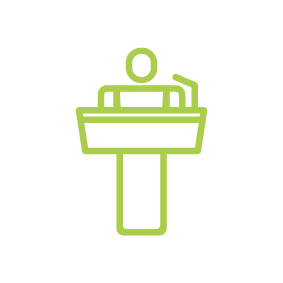 Lecturers
Lecturers
 Gallery
Gallery
 The Dean
The Dean
 CMA
CMA
 CMA President
CMA President
 Dubai Racing Club
Dubai Racing Club
 Dubai Equestrian Club
Dubai Equestrian Club
 Our partners
Our partners
